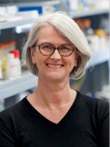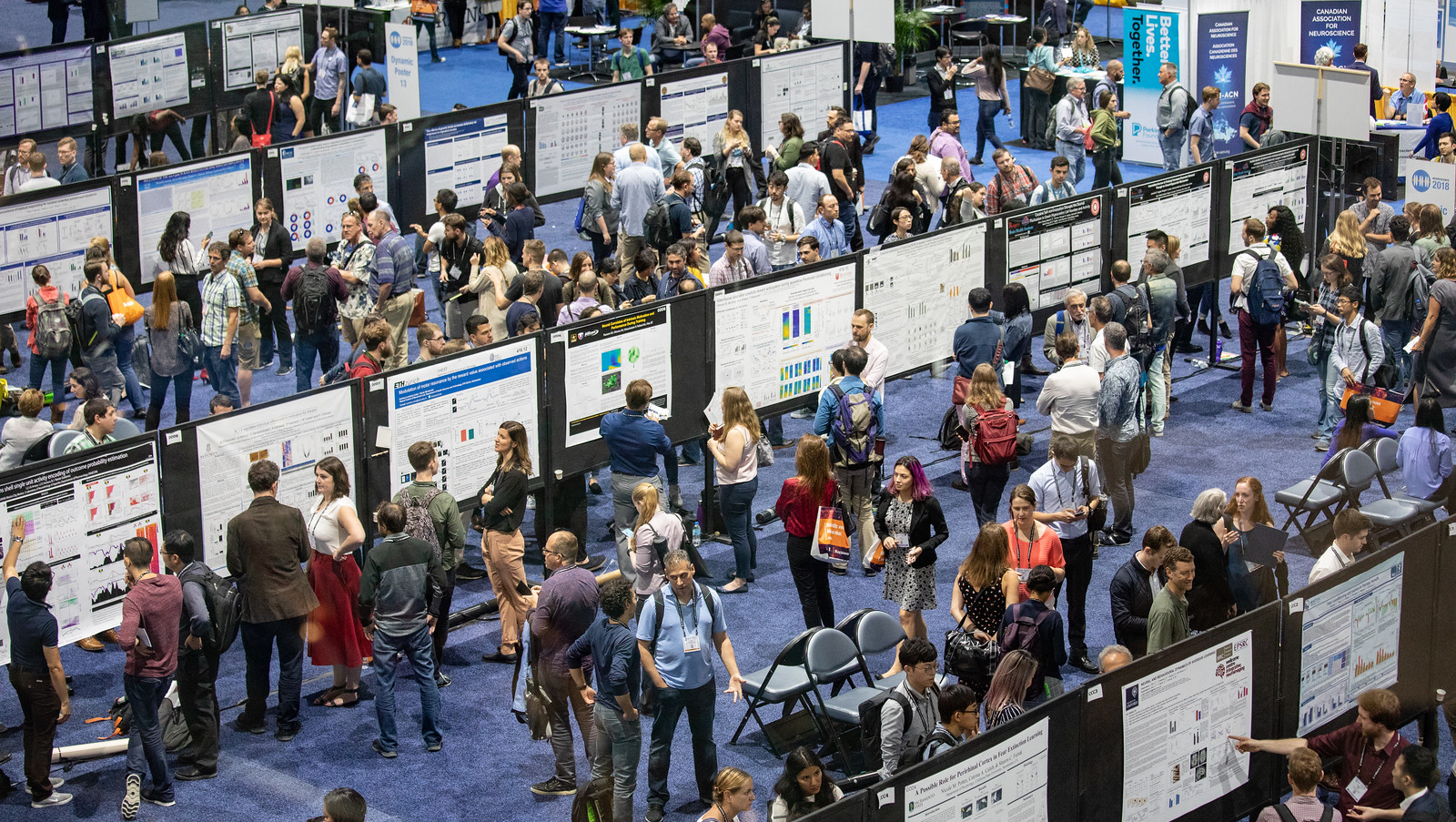Rigorous Basic Science is the Foundation of Great Discoveries at Neuroscience 2019

Neuroscience is thrilling and the questions that motivate us are fundamental to who we are as scientists and as members of the global society. The openness of neuroscience to incorporate discoveries and technologies from across the sciences, from the physical sciences to cognitive neuroscience, keeps our field fast moving, dynamic and impactful. I am thrilled to have the opportunity to welcome a host of incredible speakers to Neuroscience 2019 who exemplify the breadth and depth of neuroscience research discoveries from across the globe.
Leading off Neuroscience 2019 — the start of our 50th anniversary celebrations — is Dialogue’s speaker Fei-Fei Li, Stanford Human-Centered AI Institute. A giant in the application of machine learning (ML) and artificial intelligence (AI), Dr. Li was inspired early in her career by seminal studies of the human visual system to develop deep learning computer vision applications. Dr. Li created ImageNet, the foundational, large-scale image database for academic researchers and educators across the world. In her lecture, Dr. Li will describe her career path, her discoveries and innovations, and her advocacy for developing and applying artificial intelligence for the betterment of humanity.
As exemplified by Dr. Li, there is no shortcut toward developing transformative technologies; it requires deep expertise and knowledge of a field applied to a question of major importance. It was with this in mind that I also invited the four Presidential Special Lecture speakers.
Presidential Special Lectures: Applying New Techniques to Longstanding Questions
“There is no shortcut toward developing transformative technologies; it requires deep expertise and knowledge of a field applied to a question of major importance. It was with this in mind that I also invited the four Presidential Special Lecture speakers.”
Each speaker will illustrate the power of integrating foundational, rigorous basic research with inspired new technologies and a lot of creativity to address major outstanding questions about nervous system function.
Paola Arlotta, Harvard University, is motivated by her long-standing interest in the cellular and circuit level instructions underlying mammalian brain functions such as motion, emotion and intelligence. Building from her extensive understanding of the mammalian cerebral cortex, Dr. Arlotta has applied a number of unique approaches to explore the mechanisms that regulate neuronal diversity and cell-identity reprogramming. In “Understanding Cortical Development and Disease: From Embryos to Brain Organoids,” Dr. Arlotta will present exciting findings utilizing a range of model systems, and incorporating contributions of neurons and glia, to capture essential features of human cortical function in health and in disease.
In “The Cell Biology of the Synapse and Behavior,” Daniel A. Colón-Ramos, Yale University School of Medicine, will illustrate the power of C. elegans to provide fundamental insight into synapse formation in a living animal and how these events serve as the substrates of behaviors and memories. Dr. Colón-Ramos incorporates his deep expertise in cell biology and C. elegans biology toward an integrative and insightful understanding of how specific synaptic connections and cells — both neurons and glial cells — generate and maintain complex behaviors on the background of a constantly changing environment.
Valentina Emiliani, Vision Institut (CNRS, INSERM, Sorbonne University), a physicist and neuroscientist, pioneered techniques to enhance microscopy-based imaging so critical for recording neuronal activity in the intact brain. Dr. Emiliani has leveraged her unique expertise to identify and address gaps in technical capabilities necessary to address profound systems-level questions about how the brain captures and integrates information and executes actions. Her lecture, “Wavefront Engineering: Illuminating the Neural Landscape,” will illuminate the power of 3D optogenetics and computer-generated holography for in vivo brain imaging.
Adrian Krainer, Cold Spring Harbor Laboratory, is an expert on cellular mechanisms that regulate RNA processing in cells. Applying his extensive training in biochemistry and knowledge of alternative RNA splicing, Dr. Krainer and colleagues developed a new therapy for spinal muscular atrophy (SMA), the leading genetic cause of death for infants. In his lecture, “From Base Pairs to Bedside: Antisense Modulators of RNA Splicing to Treat Neurological Diseases,” Dr. Kainer will highlight the path of discovery of one of the most exciting antisense therapies for a neurological disorder and how outstanding basic research is the path toward human treatments.
“No country has the monopoly on science and creativity — it will take all the talent in the world to advance neuroscience toward improving humanity. ”Neuroscience 2019 has so much excellent and inspiring science on display at the poster session, being presented in symposia, and emerging from discussions throughout the convention center and beyond. The opportunity to connect with colleagues both old and new, and to hear the most current research in neuroscience today is unmatched in a single venue. I continue to be inspired by the annual meeting — the creativity in neuroscience, the range of disciplines and techniques represented, and the contributions from scientists who are attending the SfN annual meeting for the first time and those who will celebrate their 49th meeting in October.
This year, Neuroscience 2019 also marks the official launch of the Society’s 50th anniversary with special lectures and events that honor our community’s history of discovery and that look toward what we might know in 2069. As you scan the Preliminary Program, take note of the enormous range of opportunities and the 50th anniversary celebratory lectures and symposia. Start planning your schedule to make the most of an amazing week of neuroscience research and celebrations. One way you can become a part of this landmark event it to share photos of your lab, research, technologies, and yourselves from the last 50 years to exemplify the breadth of our field, the collaborative and global nature of neuroscience, and the progress we have collectively made in advancing knowledge and discoveries in neuroscience.
Neuroscience 2019 will also recognize our colleagues who are unable to travel to the U.S. due to restrictive travel policies. The Science Knows No Borders Program cannot substitute for attending in person, but we must give our colleagues a voice to present and to be heard. Excellence in research depends on a community that embraces open science, open minds, rigor, and collaboration. No country has the monopoly on science and creativity — it will take all the talent in the world to advance neuroscience toward improving humanity. I look forward to connecting with you at a lecture, on the poster floor, or during one of our socials and learning more about your science and what is inspiring you this year. See you in Chicago!





















